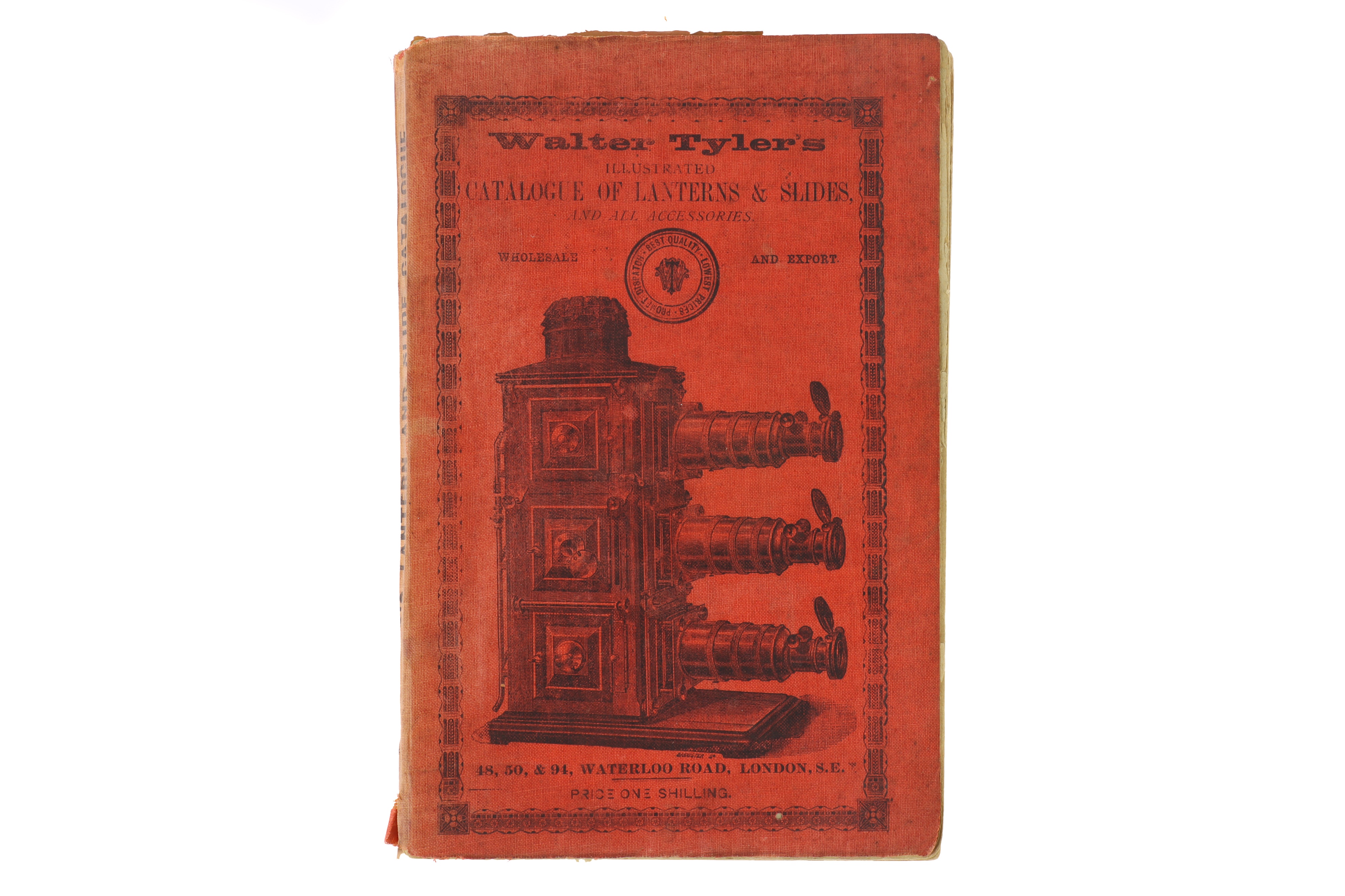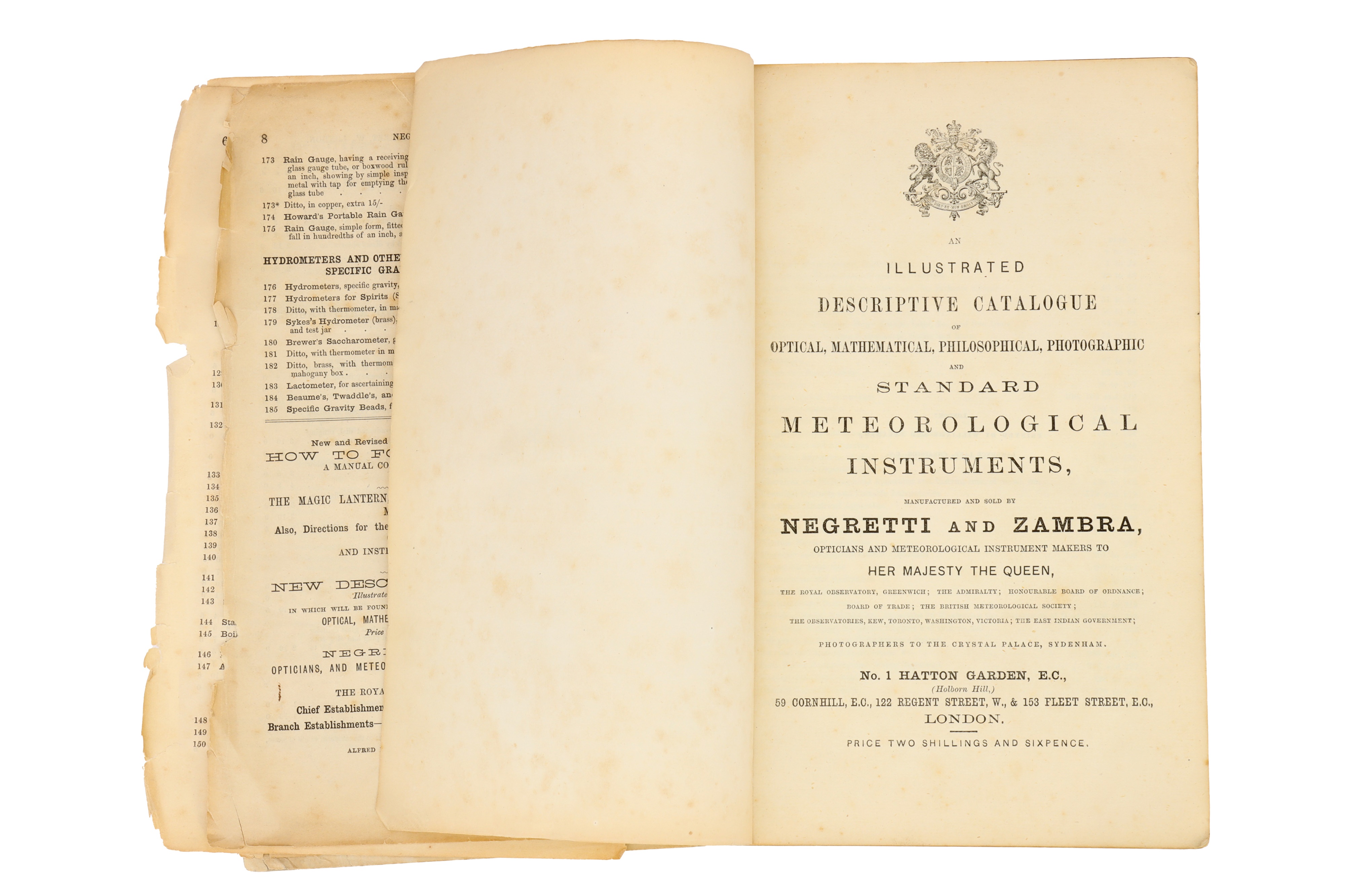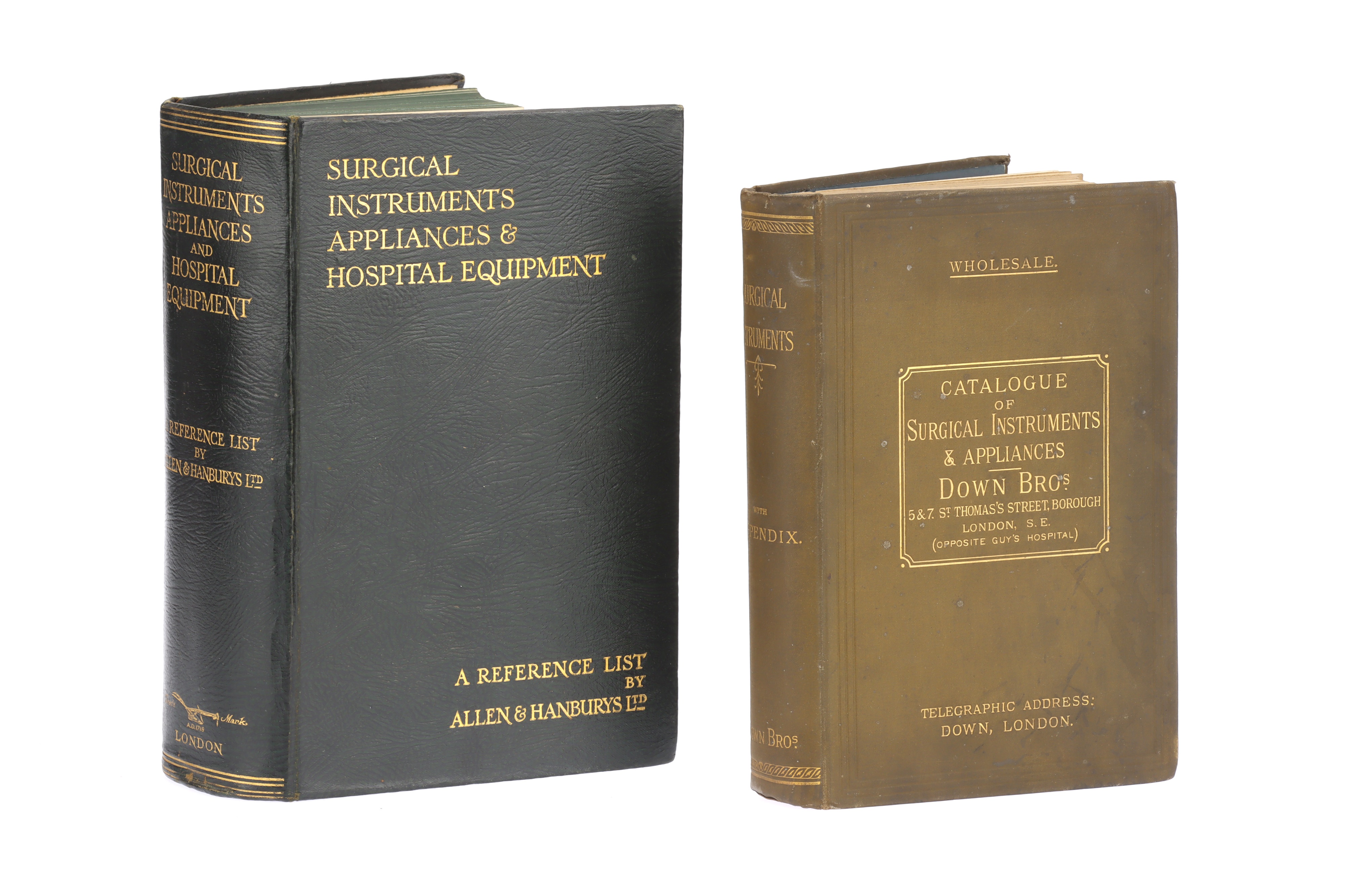1- The London, Edinburgh and Dublin Philosophical Magazine and Journal of Science, Sixth Series No.217 January 1919, Ernst Rutherford's paper in 4 parts: Collision of alpha Particles with Light Atoms I. Hydrogen. II. Velocity of the Hydrogen Atom. III. Nitrogen and Oxygen Atoms. IV. An Anomalous Effect in Nitrogen
Ernest Rutherford's announcement of the splitting of the atom and the discovery of the proton, which is considered by many to be one of the most significant scientific papers of 20th-century science
2 - Nature, A Weekly Illustrated Journal of Science, Volume CVII March 1921 to August 1921, half faux calf with marbled boards, library stamp for 'Kaiser Wilhelm-Institut fur Chemie' Ernst Rutherford and J. Chadwick's paper: Desintegration of elements by α-particles [p.41] and The atomic volume of isotopes by Frederick Soddy, and, Atomic Structure by Niels Bohr
3 - Nature, A Weekly Illustrated Journal of Science, Volume CIX January 1922 to June 1922, Ernst Rutherford's paper: artificial disintegration of the elements [p.584 - p.586] and p.614 - p.617] and, President of the Science Masters Association. and, Identification of a missing element. and, To be president of the Liverpool Meeting of the British Association
4- Proceedings of The Royal Society, Series A Vol.129 No. A 809, September 1930, Ernst Rutherford's paper: A new method of analysis of groups of alpha rays. The alpha rays from radium C, Thorium C and Actinium C [p.211 - p.234]
5 - Proceedings of The Royal Society, Series A Vol. CL July 1935, Ernst Rutherford, A. E. Kempton and M. L. E. Oliphant's paper: some nuclear transformations of beryllium and boron, and the masses of the light elements [p.241 - p.258]
6 - Proceedings of The Royal Society, Series A Vol. 132, No.A819, July 2 1931, Ernst Rutherford and C. D. Ellis' paper: The origin of the gamma rays [p.667 - p.688]
7 - Proceedings of The Royal Society, Series A Vol. 139, No.A837, January 2 1933, Ernst Rutherford's paper: analysis of alpha rays by an annular magnetic field [p.617 - p.637] "Another major advance at the Cavendish, the significance of which is not sufficiently appreciated, was the application by C. E. Wynn-Williams of Heinrich Greinacher's ideas for electronic amplification of ionization. With the Geiger-Müller tube, which was based on a different principle, and especially with Wynn-Williams' tubes and associated electronics, research workers in the laboratory were able to count particles at much higher rates than with scintillations and with other benefits" (DSB).
8 - Proceedings of The Royal Society, Series A Vol. 97, No.A681, March 1 1920, Ernst Rutherford's paper: Bakerian lecture: Nuclear constitution of Atoms [p.375 - p.400] the first appearance of this famous lecture in which Rutherford predicted the existence of a new constituent of the atomic nucleus and its likely properties.
9 - Proceedings of The Royal Society, Series A Vol. 142, No.A846, October 2 1933, Ernst Rutherford's paper: Analysis of the long range alpha particles from radium C by the magnetic focussing method [p.347 - p.361]
10 - Proceedings of The Royal Society, Series A Vol. 141, No.A843, July 3 1933, Ernst Rutherford's paper: Experiments on the transmutation of elements by protons [p.259 - p.281] and, The transmutation of lithium by protons and by ions of the heavy isotope of hydrogen [p.722 - p742]
11 - Proceedings of The Royal Society, Series A Vol. 131, No.A816, April 2 1931, Ernst Rutherford's paper: analysis of the long range alpha particles from radium C [p.684 - p.703]
12 - The London, Edinburgh and Dublin Philosophical Magazine and Journal of Science, Sixth Series No.199 July 1917, Ernst Rutherford's paper: the Penetrating Power of the X Radiation from a Coolidge Tube [p.153 - p.162] Oliver Lodge: An Astronomical Consequences of the Electrical Theory of Matter [p.81 - p.94] and [p.517 - p.521] (see "The Expanding Worlds of General Relativity" ed Hubert and "Masters of Theory: Cambridge and the Rise of Mathematical Physics); Arthur Eddington: On Astronomical Consequences of the Electrical Theory of Matter. Note on Sir Oliver Lodge's Suggestion, [p.163 - 168] and [p.321 - p.327]; C.V. Raman and Ashutoah Day: On the Maintenance of Vibration by a Periodic Field of Force", [p.129 - p.138] ; J. Prescott, "On the Motion of a Spinning Projectile [p.332 - p.381]; H.S. Allen: Electronic Frequency and Atomic Number [p.488-496] and many others
13 - Nature, A Weekly Illustrated Journal of Science, Volume LXXIX November 1908 to Febuary 1909, half calf with marbled boards, library stamp for 'Physikat Institut Univ. Berlin' , Ernst Rutherfords paper: The nature and charge of the alpha particles from radioactive substances [p.12 - p.15] and, Some properties of the radium emanations, and, The boiling point of radium emanation [p.457 - p.458]
14 - The London, Edinburgh and Dublin Philosophical Magazine and Journal of Science, Sixth Series No.241 January 1921, Ernst Rutherford's paper: On the collision of alpha particles with hydrogen atoms [p.570 - p.574 ] and, The mass of the long range particles from thorium C
15 - The London, Edinburgh and Dublin Philosophical Magazine and Journal of Science, Sixth Series No.247 July 1921, Ernst Rutherford's paper: The artificial disintegrations of light elements [p.809 - p.825]
1- The London, Edinburgh and Dublin Philosophical Magazine and Journal of Science, Sixth Series No.217 January 1919, Ernst Rutherford's paper in 4 parts: Collision of alpha Particles with Light Atoms I. Hydrogen. II. Velocity of the Hydrogen Atom. III. Nitrogen and Oxygen Atoms. IV. An Anomalous Effect in Nitrogen
Ernest Rutherford's announcement of the splitting of the atom and the discovery of the proton, which is considered by many to be one of the most significant scientific papers of 20th-century science
2 - Nature, A Weekly Illustrated Journal of Science, Volume CVII March 1921 to August 1921, half faux calf with marbled boards, library stamp for 'Kaiser Wilhelm-Institut fur Chemie' Ernst Rutherford and J. Chadwick's paper: Desintegration of elements by α-particles [p.41] and The atomic volume of isotopes by Frederick Soddy, and, Atomic Structure by Niels Bohr
3 - Nature, A Weekly Illustrated Journal of Science, Volume CIX January 1922 to June 1922, Ernst Rutherford's paper: artificial disintegration of the elements [p.584 - p.586] and p.614 - p.617] and, President of the Science Masters Association. and, Identification of a missing element. and, To be president of the Liverpool Meeting of the British Association
4- Proceedings of The Royal Society, Series A Vol.129 No. A 809, September 1930, Ernst Rutherford's paper: A new method of analysis of groups of alpha rays. The alpha rays from radium C, Thorium C and Actinium C [p.211 - p.234]
5 - Proceedings of The Royal Society, Series A Vol. CL July 1935, Ernst Rutherford, A. E. Kempton and M. L. E. Oliphant's paper: some nuclear transformations of beryllium and boron, and the masses of the light elements [p.241 - p.258]
6 - Proceedings of The Royal Society, Series A Vol. 132, No.A819, July 2 1931, Ernst Rutherford and C. D. Ellis' paper: The origin of the gamma rays [p.667 - p.688]
7 - Proceedings of The Royal Society, Series A Vol. 139, No.A837, January 2 1933, Ernst Rutherford's paper: analysis of alpha rays by an annular magnetic field [p.617 - p.637] "Another major advance at the Cavendish, the significance of which is not sufficiently appreciated, was the application by C. E. Wynn-Williams of Heinrich Greinacher's ideas for electronic amplification of ionization. With the Geiger-Müller tube, which was based on a different principle, and especially with Wynn-Williams' tubes and associated electronics, research workers in the laboratory were able to count particles at much higher rates than with scintillations and with other benefits" (DSB).
8 - Proceedings of The Royal Society, Series A Vol. 97, No.A681, March 1 1920, Ernst Rutherford's paper: Bakerian lecture: Nuclear constitution of Atoms [p.375 - p.400] the first appearance of this famous lecture in which Rutherford predicted the existence of a new constituent of the atomic nucleus and its likely properties.
9 - Proceedings of The Royal Society, Series A Vol. 142, No.A846, October 2 1933, Ernst Rutherford's paper: Analysis of the long range alpha particles from radium C by the magnetic focussing method [p.347 - p.361]
10 - Proceedings of The Royal Society, Series A Vol. 141, No.A843, July 3 1933, Ernst Rutherford's paper: Experiments on the transmutation of elements by protons [p.259 - p.281] and, The transmutation of lithium by protons and by ions of the heavy isotope of hydrogen [p.722 - p742]
11 - Proceedings of The Royal Society, Series A Vol. 131, No.A816, April 2 1931, Ernst Rutherford's paper: analysis of the long range alpha particles from radium C [p.684 - p.703]
12 - The London, Edinburgh and Dublin Philosophical Magazine and Journal of Science, Sixth Series No.199 July 1917, Ernst Rutherford's paper: the Penetrating Power of the X Radiation from a Coolidge Tube [p.153 - p.162] Oliver Lodge: An Astronomical Consequences of the Electrical Theory of Matter [p.81 - p.94] and [p.517 - p.521] (see "The Expanding Worlds of General Relativity" ed Hubert and "Masters of Theory: Cambridge and the Rise of Mathematical Physics); Arthur Eddington: On Astronomical Consequences of the Electrical Theory of Matter. Note on Sir Oliver Lodge's Suggestion, [p.163 - 168] and [p.321 - p.327]; C.V. Raman and Ashutoah Day: On the Maintenance of Vibration by a Periodic Field of Force", [p.129 - p.138] ; J. Prescott, "On the Motion of a Spinning Projectile [p.332 - p.381]; H.S. Allen: Electronic Frequency and Atomic Number [p.488-496] and many others
13 - Nature, A Weekly Illustrated Journal of Science, Volume LXXIX November 1908 to Febuary 1909, half calf with marbled boards, library stamp for 'Physikat Institut Univ. Berlin' , Ernst Rutherfords paper: The nature and charge of the alpha particles from radioactive substances [p.12 - p.15] and, Some properties of the radium emanations, and, The boiling point of radium emanation [p.457 - p.458]
14 - The London, Edinburgh and Dublin Philosophical Magazine and Journal of Science, Sixth Series No.241 January 1921, Ernst Rutherford's paper: On the collision of alpha particles with hydrogen atoms [p.570 - p.574 ] and, The mass of the long range particles from thorium C
15 - The London, Edinburgh and Dublin Philosophical Magazine and Journal of Science, Sixth Series No.247 July 1921, Ernst Rutherford's paper: The artificial disintegrations of light elements [p.809 - p.825]















Testen Sie LotSearch und seine Premium-Features 7 Tage - ohne Kosten!
Lassen Sie sich automatisch über neue Objekte in kommenden Auktionen benachrichtigen.
Suchauftrag anlegen